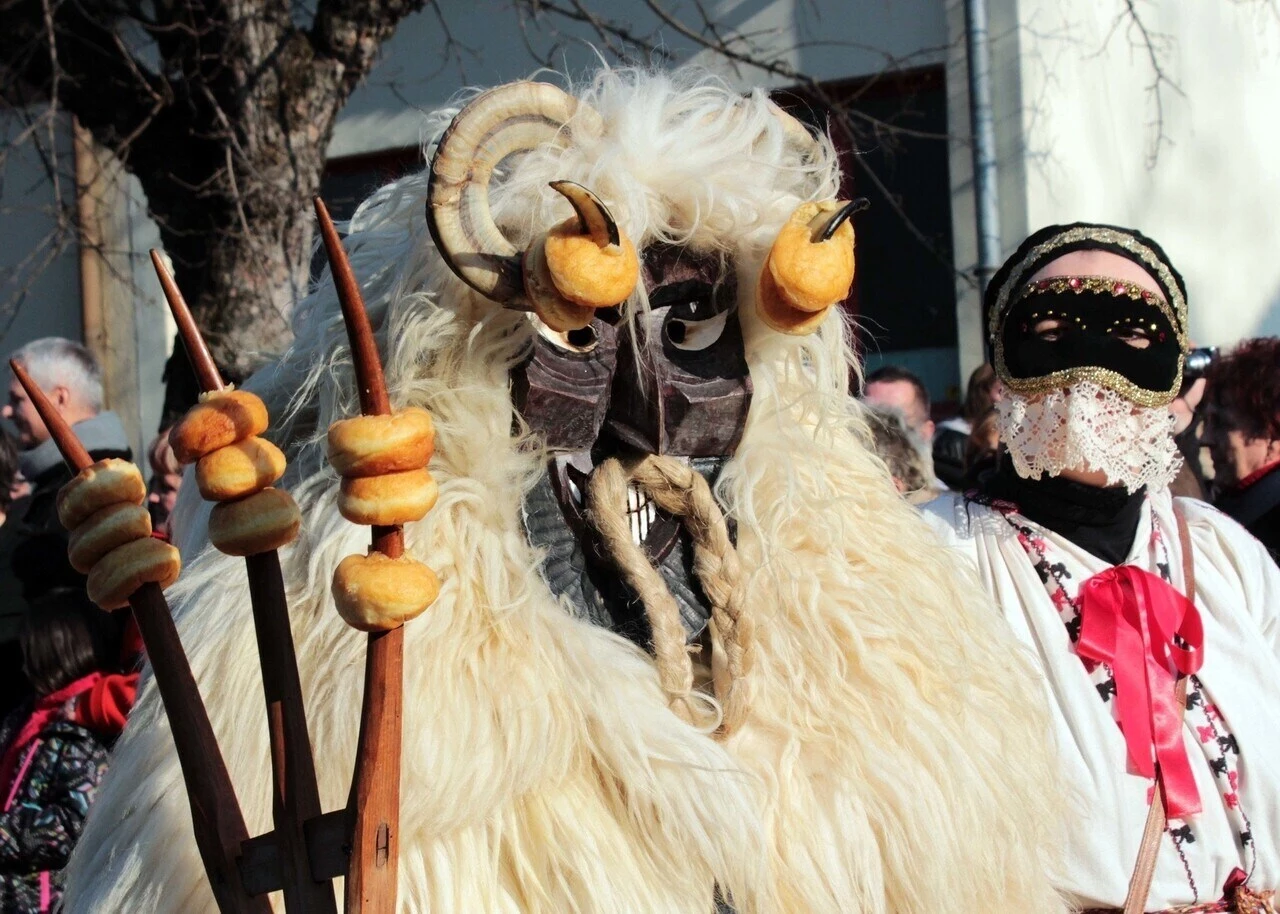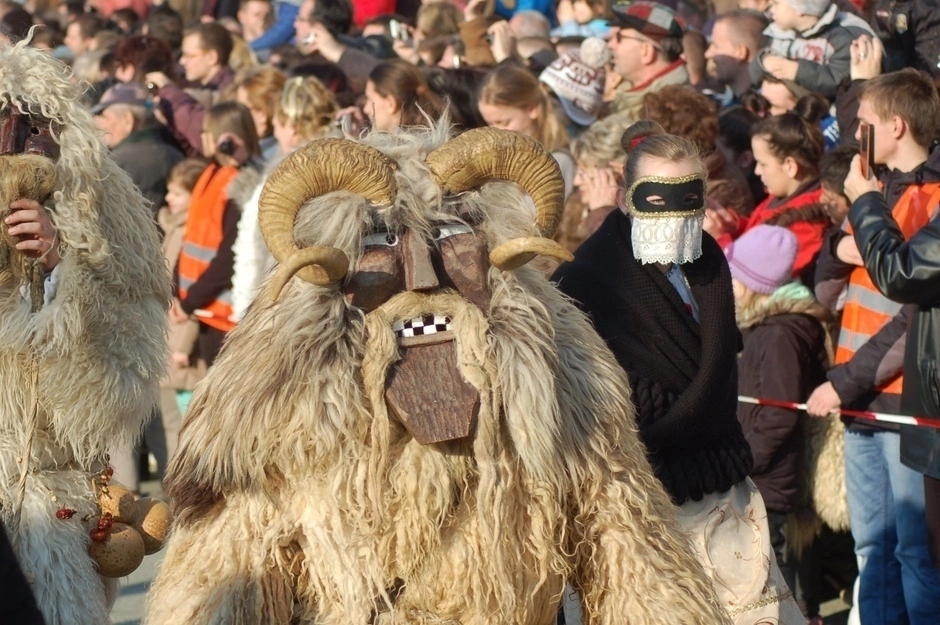This year’s Busójárás in Hungary promises to be bigger than ever – programme guide

Bidding farewell to the gray winter and welcoming the breath of spring can only be done in one right way, according to the inhabitants of Mohács. Come with us to witness the Busójárás!
More than seventy busó groups, meaning more than 2500 masked individuals, will participate in this year’s Busójárás. This is a record high number in recent history. The Busójárás is a traditional Hungarian event that takes place in Mohács. This well-known celebration will welcome spring, and say goodbye to the gray winter between 8 and 13 February this year.
The Busójárás

Mohács residents welcome guests every year with folklore shows, folk dance performances, dance workshops and busó presentations, all in a family-friendly manner. This year, they will offer over 160 heritage programmes. All in all, they expect around 110,000 visitors during the six days. On Saturday and Sunday, the city prepares for a good 40-45,000 visitors, Travelo writes.
The first day
Lasting from the last Thursday of the Carnival season (farsang) to Ash Wednesday, this event will be chuck-full with adventures of Hungarian folklore and culture. The first day will put the youth into the center of things. There will be many school folk dance groups, and entertaining competitions will take place that are sure to entice all the young souls out there.
What is more, Thursday will boast a dizzying dance workshop where you can even dance with the masked busós. During the day, you can enjoy a marching band, with busós everywhere and children participating in traditional Hungarian wear. During the whole event, the Southern-Slavic dance houses in the evening are all free. There will also be a group of wine stands installed to ensure a good mood.
This could also interest you:
- Read more about a possible new Hungaricum HERE
- Read more about another Hungarian specialty and the programme guide to it HERE
The second day
On Friday, the programme is going to be an exhibition. Not just any exhibition, but the one they will open explicitly for the Busójárás this year to spread knowledge of the history and culture of Mohács and as such, the Busójárás. The exhibition will feature carved masks of past busós and current-day carvers with other folk creators. There will be a number of folklore shows to choose from, like performances by bands at the Busóudvar and a dance house with Versendi Kovács and his band who are well-known masters of Croatian folklore dance. For the literature lovers, there will also be a book presentation, featuring an exciting book about Baranya’s Croatian costumes and their stories.
The third day
On Saturday, those interested can get a glimpse at the traditional way of making Sokac garments and the secrets surrounding it. For those who are keen on the arts, visiting the opening of the folk arts and crafts center is highly recommended. This same day, guests can enjoy tambourine orchestras and the performances of folk dance groups as well as presentations held by the busós. There will also be a wedding procession taking place, which is a lovely sight to watch in any weather.
The fourth day – Featured day

Photo: facebook.com/busojarasmohacs
On Sunday, participants can sneak a peek at the preparations for the carnival and enjoy other activities such as a puppet concert, food tasting and other folk demonstrations. Sunday’s highlight will most definitely be the busós, who will get in their boats and row to the other side of the Danube, to Sokacrév. This will be followed by the largest procession of the folk tradition. What a sight it will be! Especially as an unprecedented number of busós are expected this year.
The last days – Featured day
Monday’s events are all very laid back. For the youngsters, there will be a children-centered carnival activity, which is engaging for all age groups, if we’re honest.
On Tuesday, the busós will start their well-known house visits around Kóló square and the surrounding streets. Naturally, there will be a parade too, and a closing ceremony for the whole carnival. The lighting of the giant bonfire symbolises the end of the winter and the coming of spring.
The elements of this winter-expelling, spring-welcoming folk tradition have remained unchanged for centuries, since the first recorded mention of the Busójárás dates back to 1783. Adults wearing shaggy busó coats, linen trousers and adorned with carved masks and distinctive accesories, such as bells and giant rattles, bid farewell to the harsh winter and welcomed spring.
Source:





